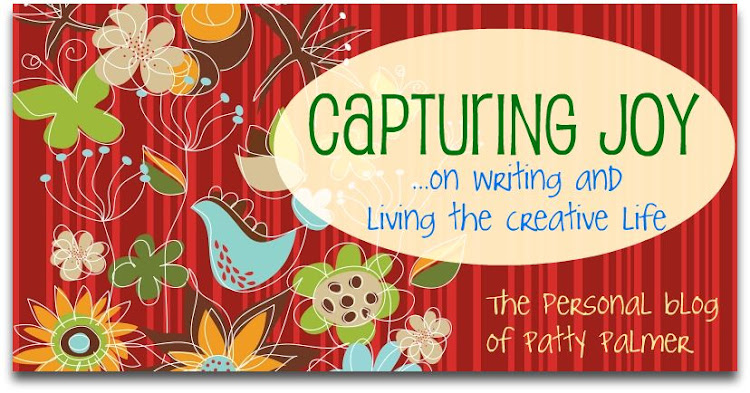I'm not going to pretend that I'm an authority because truthfully, it's something I struggle with daily. Some of my critique partners are quite skillful in picking out sentences and paragraphs that tell not show. Once the area is pointed out, it should be easy to fix it right? Not necessarily.
I think you need to be in the rhythm. The flow.
Reading works of fiction that "show" well is what really cements it for me.
I've been reading What I Saw and How I lied by Judy Blundell and I have to say that, so far, this lady is a master at showing not telling.
Check this out:
"A breeze ruffled her blonde hair. She stared out into the air and flicked an ash off her cigarette."
and
"She reached over to his pack of cigarettes on the table and extracted one slowly. She tapped it on the table while she gave him a long look. She placed it between her lips and he leaned over to light it, cupping the flame against a nonexistent breeze."
There are many, many books that show really well. Okay, most published books, but this one stood out to me. I'm only on page 60 but so far, every page is chock full of visual details.
Showing not telling has been a particular problem for me. I've been reworking/rewriting my manuscript for a while now, and some parts of it were written a while ago when my show vs tell skills weren't as polished. More often than I care for, the telling areas will sneak back into my manuscript. Kind of like a bad habit in golf. It feels natural, so it's easy to ignore.
Tami Lewis Brown over at Through the Tollbooth wrote about her "secret" which is showing, not telling. It's a great post that might help you see your trouble spots.
Obviously, the rule doesn't apply to all books. Some books excel in telling not showing. On our SCBWI community list-serve in Southern California, the book talk for this month was The Absolutely True Story of a Part-Time Indian by Sherman Alexie. Some readers posted that they were disappointed that Alexie used so much telling when writing his story, feeling that he could have deepen the connection between reader and character more had he "showed" more. Can't disagree yet the story is fantastic.
Still, I'm no Sherman Alexie, so I'm going to stick with the rules.

On a personal note, Thanksgiving in Yosemite Valley was breathtaking as usual. We hiked until my knees gave out, biked until I literally fell over from exhaustion and ate until I gained 3 pounds. The calorie consumption must have been enormous considering all that exercise.
I blame the trail mix.

I haven't read it, but I did hear recently that Judy Blundell is no lady!
ReplyDeleteThanks Patty!
ReplyDeleteI agree.
Show not tell really should be balance showing with telling. Knowing when to tell is really hard but really important. In fact that's the real "secret"- how to show and tell and make it all sound natural.
One thing I tend to do is stuff a bunch of telling into my first draft- because I'm literally telling myself the story. It's sort of a book mark to remind myself of something I'd like to weave through. When I have a clearer idea of how the story needs to work I pull those paragraphs out and think whether I can work that information into a scene.
One thing I've been noticing a lot lately- adult writers seem to do a heck of a lot more telling than we are accustomed to in writing for children, camouflaging the telling behind elegant style.
I guess the bottom line is you can do whatever works(!)
PJ: Not sure what you mean? You have me intrigued, though!
ReplyDeleteTami: You're so right. There is a place for telling, isn't there?
Thanks for your insight.
It's a guy writing under a pseudonym. At least that's what I read somewhere :)
ReplyDeleteThen the picture of her winning the National Book Award was a guy? She looked quite pretty! I think maybe she previously wrote books under a guys name, although that's what I'm assuming after reading your comments. "What I Saw and How I Lied" was her first book under her name.
ReplyDeleteAh - here is what I read. Now I see I read it backwards:
ReplyDeleteBook #4 will be written by Jude Watson, which by the way is a nom de plume for Judy Blundell, who just won the YA National Book Award for What I Saw and How I Lied. I'd say Dan and Amy are in good hands.
What a beautiful family! The kids are growing up so fast:) We went to Yosemite for Thanksgiving for years? Where did you stay?
ReplyDelete